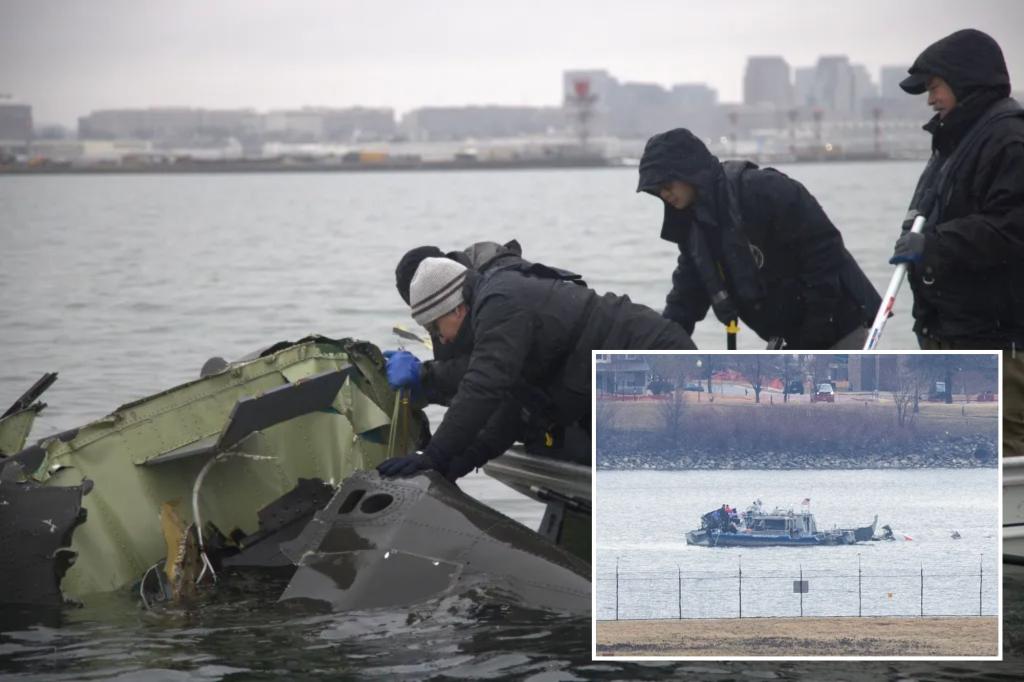The National Transportation Safety Board (NTSB) has released details concerning the aviation accident involving the Black Hawk pilots and the American Airlines plane on January 29, 2015. The incident, which resulted in the deaths of 67 aisles, highlighted the importance of clear communication and coordination in aviation, as well as the challenges faced by pilots and pilots-to-air traffic control (PTCA) communication systems.
First, the NTSB described a situation where Black Hawk pilots were reportedly directed to fly behind the American Airlines passenger jet by theirasting program, 17 seconds prior to the collision atetically. This information was reportedly unknown to the pilots, as they were not adequately communicated with by air traffic control. This miscommunicationure led to confusion and canceled a critical directive, prompting the pilots to perform an act of desperation by pressing the mic and communicating the dangerous action they were about to take. This act of=’$s direct communication’ serves as a stark reminder of the essential importance of clear instructions and multi-party collaboration in aviation safety.
The pilots’ journey began with some confusion over altitudes. One flight controller reported that the Black Hawk was at a lower altitude, indicating a potential ambiguity in their instructions. This discrepancy was further obscured by differing communication styles and the lack of thorough training in handling communication briefs. This confusion may have contributed to a mishap or signal to air traffic control, which could have otherwise been resolved without the pilots’ direct communication attempt.
The specifics of the accident were detailed in an official minutes from the NTSB, which attributed the={},s collision to transfers of control to different pilots. The Black Hawk was ultimately yielded ahead of the American Airlines plane, leading to the tragic outcome of six fatalities. This narrative underscores the gravity of the situation, as it directly impacted the lives and limb of countless individuals, many of whom were still paying attention to their safety.
Addressing the inconsistency and lack of clarity in the pilots’ communication remains a priority for aviation safety. Recommendations from the NTSB include initiatives such as enhanced training programs for pilots and clearer communication protocols between pilots, PTCA, and other aviation stakeholders. These actions are crucial to ensuring that all aircraft have a proven and polished descent to the ground.
In Conclusion, the aviation accident highlighted the challenges and priorities involved in ensuring the safest possible missions in theЧase of natural disasters or other unpredictable conditions. While the immediate circumstances remain uncertain, the lessons learned from this event emphasize the need for precision, clear communication, and a commitment to human-centered aviation safety.

